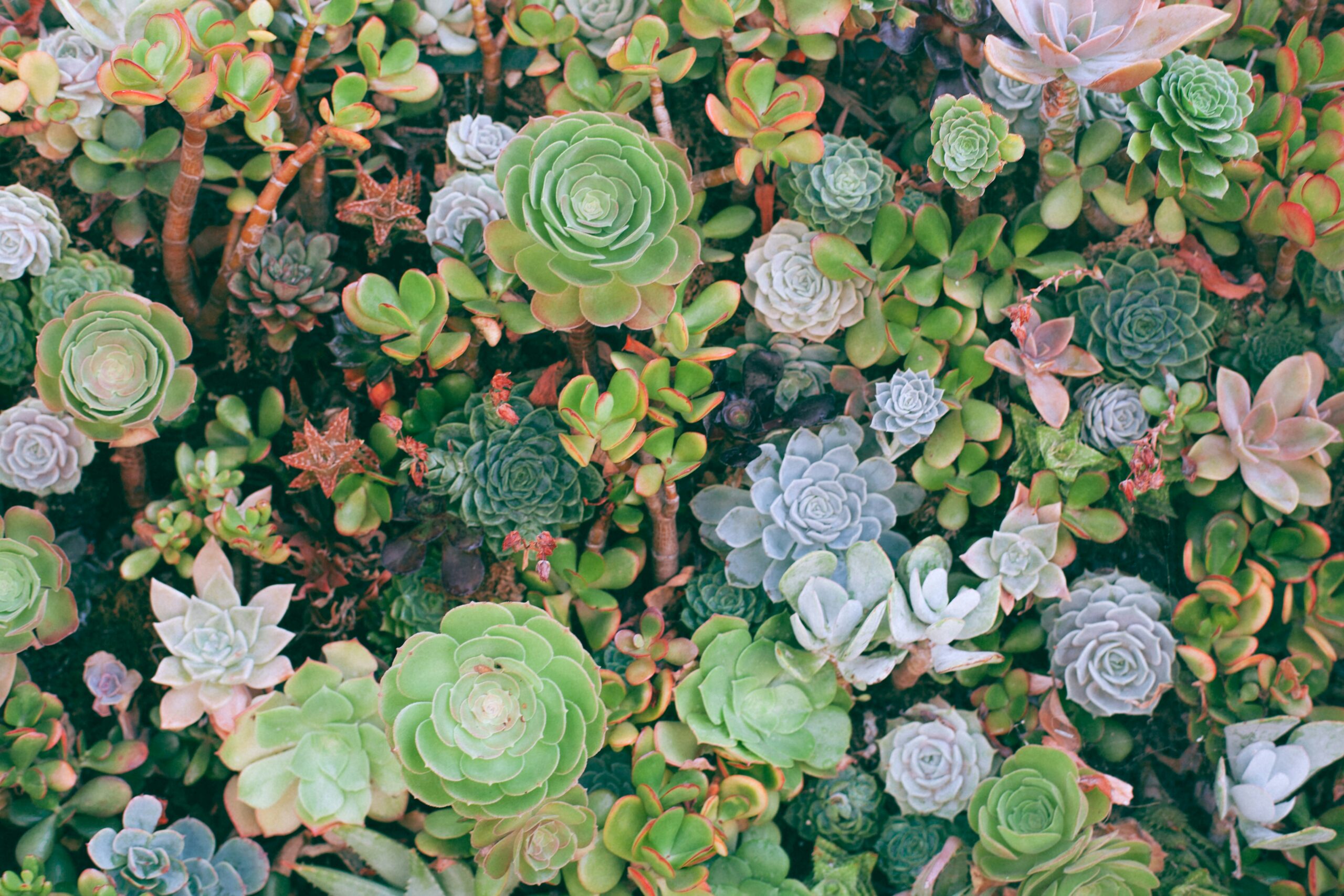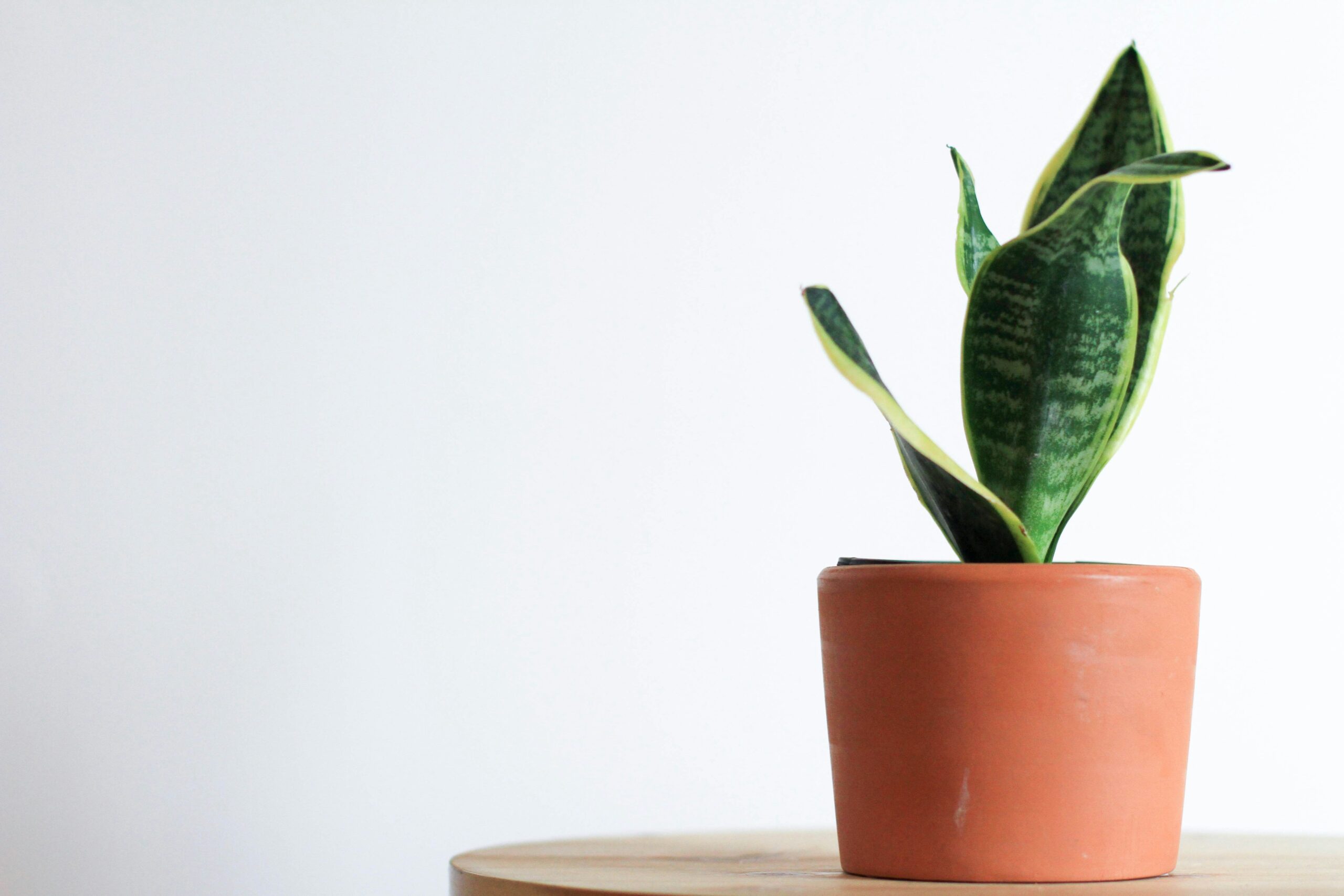Some links on this Website are affiliate links, meaning we may earn a commission if you make a purchase, at no additional cost to you. Please read our full Affiliate Disclosure for more details.
Cacti are among the most resilient and fascinating houseplants you can own. Their striking shapes, slow growth, and minimal maintenance make them perfect for both beginners and experienced plant lovers. But while cacti are known for their ability to survive harsh desert environments, indoor cactus care requires some thoughtful attention.
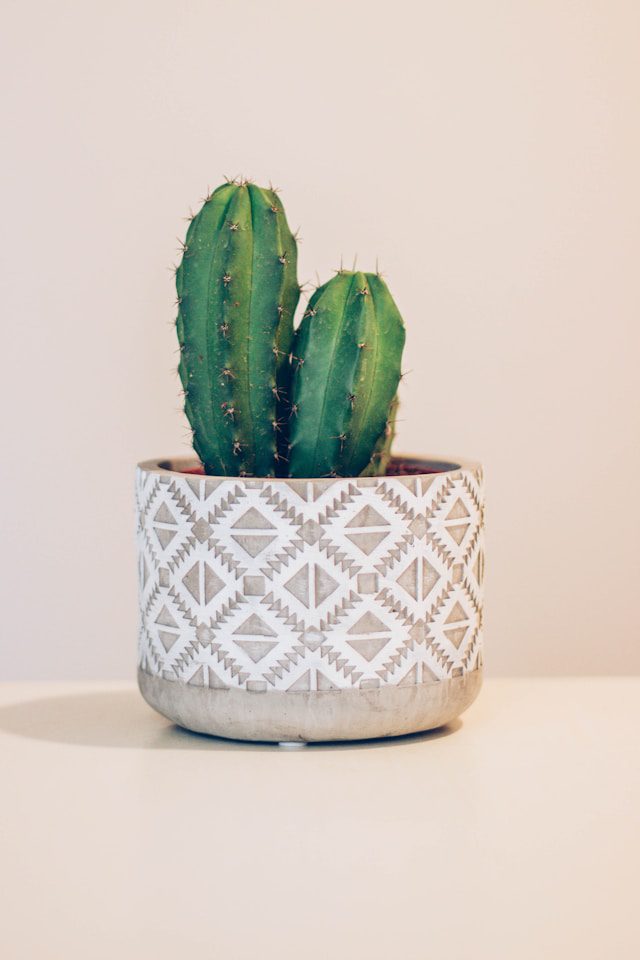
Taking care of your indoor cactus isn’t just about watering less. It’s about understanding how much light it needs, the type of soil that helps it thrive, and how to prevent common problems like overwatering or discoloration.
In this detailed cactus care guide, we’ll explore everything you need to know, from creating the right growing environment to troubleshooting issues like a yellowing cactus or figuring out how often to water your indoor cactus.
Why Are Your Calathea Dottie Leaves Turning Yellow?
Tips To Taking Care of Your Cactus
1. Cactus Light Requirements Indoors
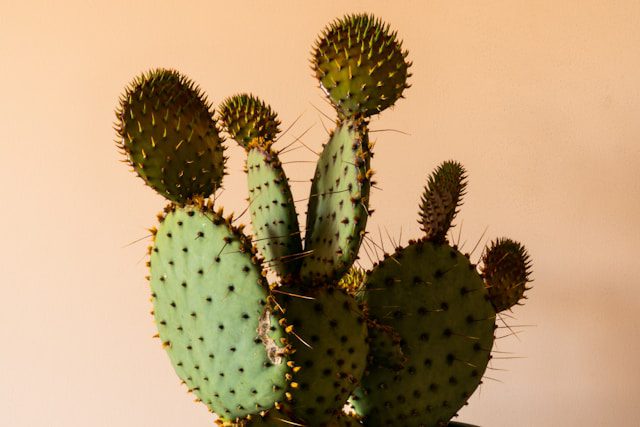
Light is the most important factor when it comes to indoor cactus care. In their natural desert habitat, cacti soak up long hours of intense sunlight. Indoors, they’ll need the brightest location you can offer to mimic those conditions.
A south-facing window is usually the best spot for your cactus, as it provides several hours of bright, direct sunlight each day. If your space doesn’t get enough sun, don’t worry, a grow light can make a great substitute. LED grow lights are particularly useful for homes with low natural light.
You’ll know your cactus isn’t getting enough light if it starts to lean toward the window, loses its vibrant color, or begins to grow thin and stretched out; a condition known as etiolation. To prevent this, rotate your cactus every few weeks to ensure all sides receive equal light exposure.
Factors to consider when choosing a grow light
2. Watering Your Cactus
When it comes to watering, cacti follow a simple rule: less is more. Overwatering is one of the most common mistakes people make when learning how to care for a cactus plant. These desert plants store water in their stems and can go weeks without water.
During the spring and summer, water your cactus every 2–3 weeks, ensuring that the soil dries out completely before watering again. In fall and winter, when growth slows down, you can cut back watering to once a month or less.
The best approach is the “soak and dry” method; water your cactus thoroughly until water drains out of the pot, then allow the soil to dry out completely before the next watering. You can test moisture by sticking your finger into the soil about an inch deep; if it feels dry, it’s time to water.
Signs that your cactus needs water include wrinkled or shriveled skin and a lighter feel when lifted. However, if your cactus feels soft or looks discolored, it might be overwatered, so always check before adding more water.
3. The Best Soil for Indoor Cactus
The right soil mix can make a huge difference in keeping your cactus healthy. Unlike most houseplants, cacti need soil that drains very quickly and doesn’t retain moisture for long periods. Using regular potting soil can suffocate the roots and cause rot.
The best soil for indoor cactus should be gritty and airy. A good mix includes one part cactus or succulent potting soil, one part coarse sand or perlite, and optionally a small amount of pumice or fine gravel to increase drainage. This combination allows air to reach the roots while ensuring that excess water flows out easily.
Always plant your cactus in a pot with drainage holes. If water collects at the bottom, it can lead to root rot, a common issue in overwatered cacti. For decorative pots without holes, it’s best to keep your cactus in a smaller plastic pot that fits inside, so you can remove it when watering.
What Are The Common Cactus Problems?
4. Temperature and Humidity
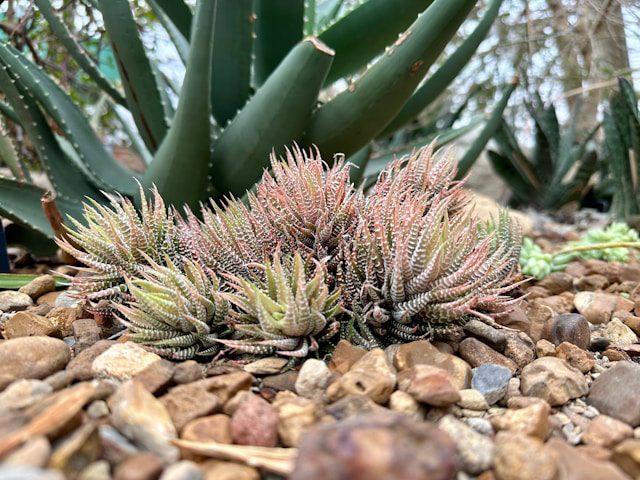
Cacti are warm-weather plants, so maintaining the right temperature is essential. They thrive in environments that mimic their desert origins: warm, dry, and bright. Indoors, keep your cactus in temperatures between 65°F and 85°F (18°C–29°C) during the day and slightly cooler at night.
Avoid placing your cactus near drafty windows, heaters, or air conditioners, as sudden temperature changes can stress the plant. Cacti prefer low humidity, so avoid misting them or placing them in overly humid rooms like bathrooms. If your indoor space tends to be humid, consider using a dehumidifier or placing your cactus in a drier area like a living room or sunny windowsill.
Can Succulents Survive In An Air Conditioned Room?
5. Feeding Your Cactus
Even though cacti are slow-growing, they benefit from occasional feeding, especially during the growing season. From spring to early fall, use a cactus-specific fertilizer or a diluted liquid houseplant fertilizer that’s low in nitrogen and rich in potassium and phosphorus.
Feed your cactus once a month during its active growing period. This helps strengthen its roots, encourage healthy growth, and even promote blooming in some species. Stop fertilizing in winter, as your cactus enters dormancy and won’t use the extra nutrients.
6. Common Indoor Cactus Problems and How to Fix Them

Even the toughest plants have their challenges. If you notice changes in color, texture, or growth, it’s a sign your cactus might be stressed. Let’s go over a few common issues and how to solve them.
Why Is My Cactus Turning Yellow?
If your cactus starts turning yellow, it’s often a sign of overwatering or poor drainage. Cacti prefer dry soil, and too much water can suffocate the roots. Another cause could be lack of sunlight or nutrient deficiency. To fix this, check the soil moisture, move your cactus to a brighter spot, and ensure it’s in well-draining soil.
How to Save an Overwatered Cactus
If your cactus looks soft, dark, or mushy, it may be overwatered. Remove it from the pot and inspect the roots. Trim off any rotten sections using sterilized scissors, then allow the cactus to dry for a few days before repotting it into fresh, dry cactus soil. Going forward, reduce your watering frequency and always check the soil before adding water.
Wrinkled or Shriveling Cactus
A shriveled cactus might actually be thirsty. This can happen if you’ve gone too long without watering during its growing season. Simply water deeply and let the soil dry again before the next watering. The cactus should plump back up in a few days.
7. Beginner Cactus Tips for Long-Term Success
If you’re just starting out with indoor cactus care, keep these beginner cactus tips in mind:
- Don’t overwater — cacti prefer to stay dry most of the time.
- Give them bright, indirect sunlight, and rotate occasionally.
- Always use well-draining soil and pots with drainage holes.
- Feed lightly during the growing season and stop in winter.
- Be patient — cacti grow slowly, but with consistent care, they’ll thrive for years.
Consistency is key. Once you understand your cactus’s rhythm, it becomes one of the easiest and most rewarding plants to maintain.
Frequently Asked Questions (FAQ)
1. How often should I water my indoor cactus?
You should water your cactus every 2–3 weeks in the warmer months and once every 4–6 weeks during winter. Always wait until the soil is completely dry before watering again.
2. What is the best soil for indoor cactus?
The best soil mix includes cactus potting mix combined with perlite or coarse sand. This ensures excellent drainage and prevents root rot.
3. Why is my cactus turning yellow?
Yellowing usually happens due to overwatering, poor light, or compacted soil. Let the soil dry, check for drainage, and move the cactus to a sunnier spot.
4. How can I save an overwatered cactus?
Remove the cactus from wet soil, cut away any rotten roots, let it dry for several days, and replant it in a well-draining mix.
5. Can I use tap water for my cactus?
Yes, but if your tap water is high in minerals or chlorine, let it sit overnight before using it. Filtered or rainwater is even better for cactus care.
